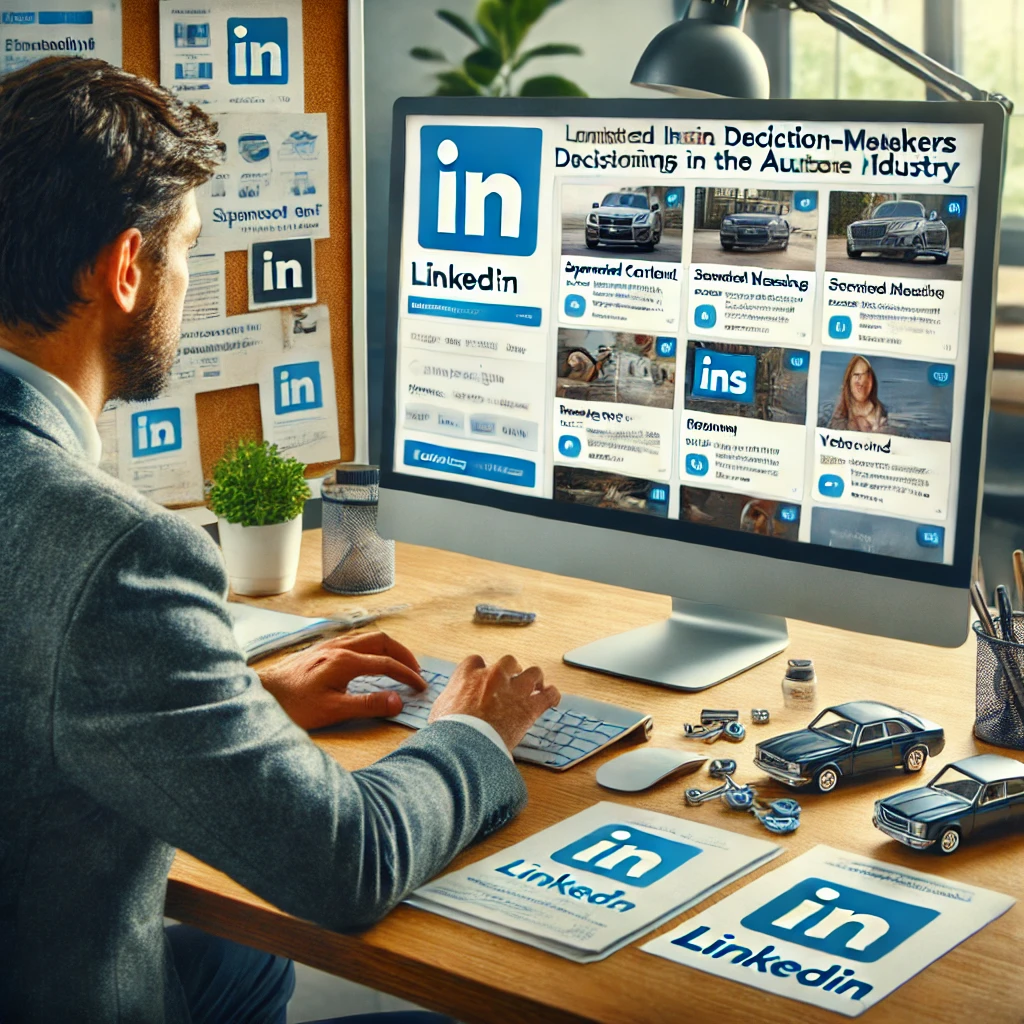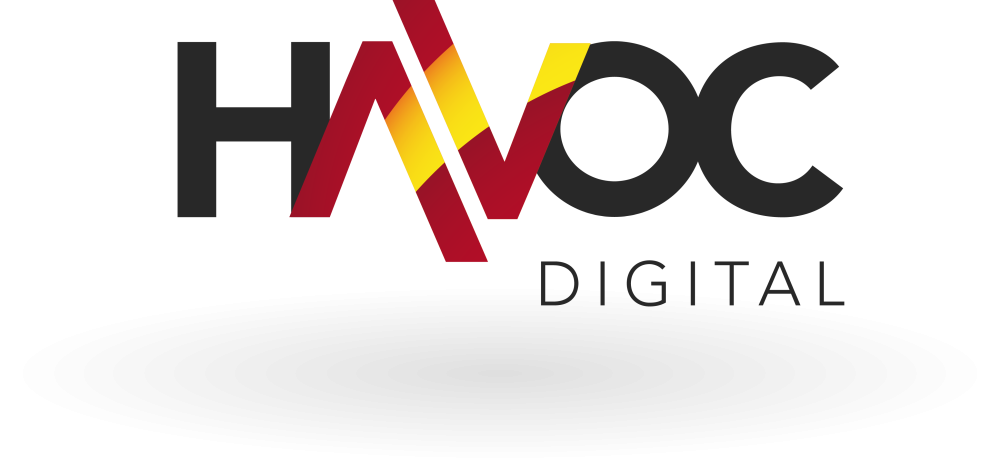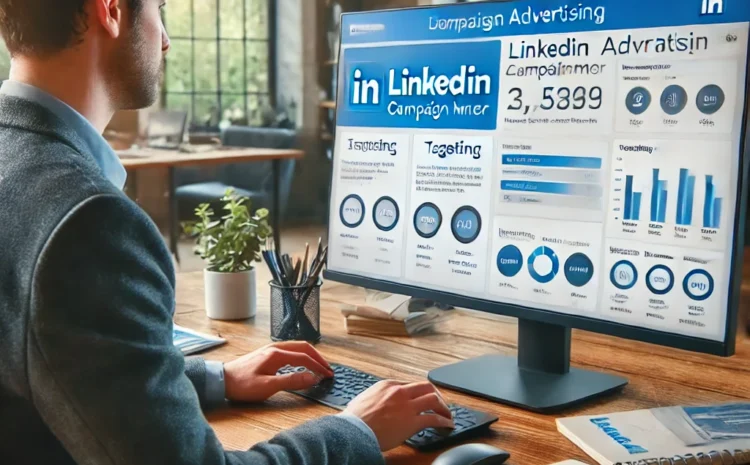LinkedIn Advertising: Getting Started
LinkedIn has emerged as a powerful platform for professionals and businesses alike, offering unique opportunities to connect, engage, and grow.
As the world’s largest professional network, LinkedIn provides unparalleled access to a vast audience of decision-makers and influencers.
Leveraging LinkedIn Ads can significantly enhance your marketing efforts, allowing you to reach a highly targeted audience with precision.
This comprehensive article will walk you through the essentials of LinkedIn Advertising, from setting up your first campaign to optimising for success.
Why LinkedIn Advertising?
Targeted Reach
LinkedIn Ads offer advanced targeting options that allow you to reach professionals based on their job title, industry, company size, and more.
This precise targeting ensures that your message reaches the right people, increasing the likelihood of engagement and conversions.
Professional Audience
LinkedIn is home to a professional audience that is often in decision-making roles.
This makes it an ideal platform for B2B marketing and for promoting products and services that cater to a professional demographic.
Robust Analytics
LinkedIn provides detailed analytics and insights, enabling you to track the performance of your campaigns and make data-driven decisions.
This transparency helps you understand what works and refine your strategies for better results.

Getting Started with LinkedIn Advertising – LinkedIn Marketing Services
Setting Up Your LinkedIn Ads Account
To begin advertising on LinkedIn, you’ll need to create a Campaign Manager account. This is your hub for managing all your LinkedIn advertising activities, including setting up campaigns, tracking performance, and accessing insights.
1. Create a Campaign Manager Account:
– Go to the LinkedIn Campaign Manager.
– Click on “Create Account” and follow the prompts to set up your account.
2. Set Up Billing Information:
– Enter your billing details to ensure your campaigns can run without interruption.
Defining Your Campaign Objectives
LinkedIn offers several campaign objectives that align with different stages of the marketing funnel.
Choosing the right objective is crucial for optimising your campaign performance.
(A) Brand Awareness
Increase the visibility and awareness of your brand.
(B) Consideration
Drive traffic to your website or engage users with your content.
(C) Conversions
Generate leads, drive purchases, or encourage other high-value actions.
Selecting Your Ad Format
LinkedIn provides various ad formats, each designed to achieve different objectives. Here are some common LinkedIn ad formats:
Sponsored Content: Native ads that appear in the LinkedIn feed.
Sponsored Messaging: Direct messages delivered to LinkedIn inboxes.
Text Ads: Simple ads that appear on the LinkedIn sidebar.
Dynamic Ads: Personalised ads that dynamically adapt to the viewer.
Video Ads: Engage users with video content in the LinkedIn feed.
Setting Your Budget and Schedule
Determining your budget and schedule is a critical step in setting up your LinkedIn Ads campaign.
You can choose between a daily budget, a total budget, or a combination of both. Additionally, set a start and end date for your campaign.
Daily Budget: Allocate a specific amount to be spent each day.
Total Budget: Set a maximum amount for the entire campaign duration.
Schedule: Define the campaign’s start and end dates to control its run time.

Crafting Your Ad Content – LinkedIn Marketing Services
Effective ad content is key to capturing the attention of your target audience.
Here are some tips for creating compelling LinkedIn ads:
Engaging Visuals: Use high-quality images or videos to attract attention.
Clear Messaging: Ensure your message is concise and aligned with your objective.
Strong Call-to-Action (CTA): Encourage users to take the desired action with a clear and compelling CTA.
Advanced Targeting Options
LinkedIn’s advanced targeting options allow you to refine your audience to ensure your ads reach the most relevant users.
Audience Attributes:
Location: Target users based on their geographic location.
Company: Focus on specific companies or industries.
Job Experience: Target users based on their job titles, functions, or seniorities.
Education: Filter your audience by degrees, fields of study, or specific schools.
Demographics: Consider factors such as age and gender.
Interests and Traits: Target users based on their interests and professional traits.
Matched Audiences:
Website Retargeting: Show ads to LinkedIn members who have visited your website.
Contact Targeting: Upload a list of email contacts to reach them on LinkedIn.
Account Targeting: Target a list of specific companies you want to reach.
Case Study: Automotive Industry Campaign
To illustrate the effectiveness of LinkedIn Advertising, let’s examine a case study of a campaign targeting decision-makers within the automotive industry.
Objective
An automotive parts manufacturer aimed to increase brand awareness and generate leads among senior decision-makers in the automotive sector.
Strategy
1. Target Audience:
> Job Titles: VP, Director, Senior Manager.
> Industries: Automotive, Manufacturing.
> Company Size: 500+ employees.
2. Ad Format:
> Sponsored Content: Engaging posts showcasing product benefits and industry insights.
> Sponsored Messaging: Personalised messages highlighting product advantages and offering free consultations.
3. Ad Content:
> Visuals: High-quality images of automotive parts in action.
> Messaging: Focused on the reliability and innovation of the products, with a clear CTA for booking consultations.
4. Budget and Schedule:
> Daily Budget: $200.
> Schedule: 3 months.

Results
Impressions: 500,000+
Clicks: 15,000+
Leads Generated: 1,200+
Conversion Rate: 8%
The campaign successfully increased brand visibility and generated a substantial number of leads, demonstrating the power of targeted LinkedIn Ads.
Monitoring and Optimisation – LinkedIn Marketing Services
Once your campaign is live, continuous monitoring and optimisation are essential for maximising performance.
Key Metrics to Track
Impressions: Number of times your ad is displayed.
Clicks: Number of times users click on your ad.
Click-Through Rate (CTR): Ratio of clicks to impressions.
Conversions: Number of desired actions taken by users.
Cost-Per-Click (CPC): Amount spent for each click on your ad.
Cost-Per-Conversion (CPA): Amount spent for each conversion.

Optimisation Tips
A/B Testing: Test different versions of your ads to determine which performs best.
Refine Targeting: Adjust your audience settings based on performance data.
Adjust Bidding Strategy: Experiment with different bidding strategies to find the most cost-effective option.
Enhance Ad Content: Continuously improve your ad visuals and messaging based on engagement metrics.
Summary
LinkedIn Advertising offers a powerful way to reach a professional audience with precision.
By understanding the platform’s capabilities and following best practices, you can create effective campaigns that drive meaningful results.
Whether you’re aiming to increase brand awareness, generate leads, or drive conversions, LinkedIn Ads provide the tools and insights needed to achieve your marketing goals.
Start leveraging LinkedIn Advertising today to connect with decision-makers and elevate your brand’s presence in the professional world.
Articles in the Series:
LinkedIn Business Page: Maximising Your Brand’s Potential
LinkedIn Advertising: Getting Started
Best Time to Post on LinkedIn
LinkedIn Banner and Photos
How to Block Someone on LinkedIn
How to Delete Your LinkedIn Account
How to Cancel Your LinkedIn Premium Account
The Impact of LinkedIn on the Recruitment and Staffing Industry
For further learning, explore LinkedIn’s [Ad Targeting Guide](https://www.linkedin.com/ads/targeting-guide) and free courses on using LinkedIn’s ad targeting.






